Silent Era Home Page > Home Video > Chaplin’s Essanay Comedies, Volume 1

Reviews of silent film releases on home video.
Copyright © 1999-2025 by Carl Bennett
and the Silent Era Company.
All Rights Reserved. |
|
Chaplin’s
Essanay Comedies
Volume 1
(1915)
|
Contents: His New Job (1915), A Night Out (1915), The Champion (1915), In the Park (1915) and A Jitney Elopement (1915).
Charles Chaplin made 35 comedy films for Keystone Film Company in 1914, one of them America’s first feature-length comedy. While he was too busy cranking out Keystone product to notice, Chaplin had become an international comedy film star. Chaplin wasn’t in the dark long, however. With his year-long obligation nearly completed at Keystone, it came time to renegotiate his contract. He had been making $150 a week. Mack Sennett offered $400 a week. Chaplin demanded much more. Sennett refused.
G.M. “Broncho Billy” Anderson and Jesse Robbins of the Essanay Film Manufacturing Company, based in Chicago, eventually signed Chaplin to a contract for $1250 a week and a signing bonus of $10,000. Late in December 1914, Chaplin travelled to Chicago to begin work on the Essanay films. For two weeks in January, 1915, Chaplin filmed His New Job (1915) at the Essanay studios in Chicago. That would be the last of Chicago, however. Chaplin disliked conditions in the Chicago studio, Illinois winter weather and George K. Spoor, Essanay’s penny-pinching coowner. The Chaplin stock company (veterans of one film) moved to the Essanay studio at Niles (today a neighborhood of Fremont), California, where Anderson was making his endless parade of Broncho Billy westerns.
Chaplin was still without a well-defined comedic style when he started his Essanay contract. Each of them depend to greater or lesser degree on comedic themes established at Keystone. Only occasionally to we see glimpses of the poetic tramp to follow. For the most part, Chaplin was still a straight slapstick comedian through the Essanay films, but was allowed to work under a less demanding production schedule. This meant, later in the year, that more thought could be expended in the development of scenarios. Throughout the progression of the Essanay films we can see Chaplin beginning to shape his on-screen persona. The Chaplin of The Bank (1915) or Carmen (1915) is not the Chaplin of His New Job.
With his Niles films, Chaplin began an important association in his early filmmaking years. Edna Purviance was a girl who had grown up in Lovelock, Nevada, and was now in the Bay area, training to be a secretary. One of Broncho Billy’s cowboy actors had noticed her at Tate’s Cafe on Hill Street in San Francisco and recommended her to Chaplin, who was looking for an untrained leading lady. Edna proved an able student of Chaplin’s, eventually feeling comfortable and confident in front of the cameras. The on-screen association would last for the next eight years. Their personal association would last for the rest of her life.
We also want to take a moment here to compare the acting of a couple of Chaplin’s supporting cast members of this time. Watch the performance of Bud Jamison as a menacing waiter in A Night Out, then compare that to Eric Campbell’s performance as a menacing waiter in The Immigrant (1917). The difference points out what a great foil Campbell was for Chaplin, and what a tragic loss Campbell’s early death was.
— Carl Bennett
|
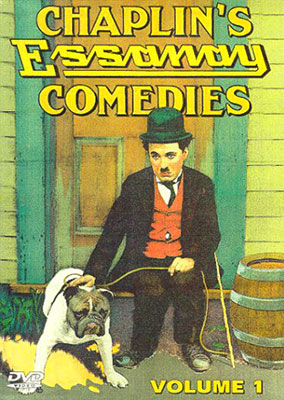 Film Preservation Associates Film Preservation Associates
1999 DVD edition
Chaplin’s Essanay Comedies, Volume 1 (1915), black & white and color-tinted black & white, 136 minutes total, not rated, including His New Job (1915), black & white, 30 minutes, not rated, A Night Out (1915), color-toned black & white, 34 minutes, not rated, The Champion (1915), black & white, 31 minutes, not rated, In the Park (1915), color-toned black & white, 14 minutes, not rated, and A Jitney Elopement (1915), black & white, 26 minutes, not rated.
Film Preservation Associates, distributed by Image Entertainment, ID5413DSDVD, UPC 0-14381-54132-8.
One single-sided, dual-layered, Region 0 NTSC DVD disc; 1.33:1 aspect ratio picture in windowboxed 4:3 (720 x 480 pixels) interlaced scan image encoded in SDR MPEG-2 format at 6.5 Mbps average video bit rate (capable of progressive scan upscaling to ? fps); Dolby Digital (AC3) 2.0 stereo sound encoded at 192 Kbps audio bit rate; English language intertitles, no subtitles; chapter stops; snapper DVD case (reissued in standard DVD keepcase); $24.99.
Release date: 28 September 1999.
Country of origin: USA
Ratings (1-10): video: 7 / audio: 8 / additional content: 8 / overall: 7.
|
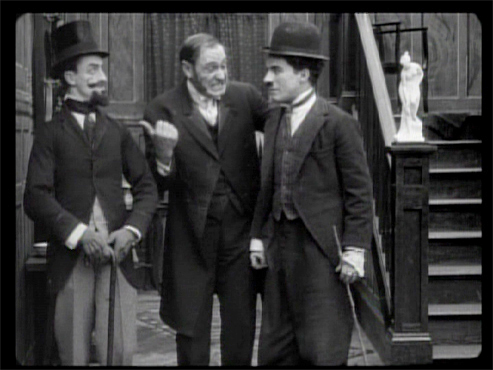
The first five Chaplin Essanay films have been collected together for this first disc of a three-volume DVD collection of short comedy films. With this collection, we finally have a watchable and fairly complete representation of the Essanay films. All of the films in this first Essanay volume have additional footage not present in previous home video versions (only His New Job and The Champion have previously appeared on laserdisc). As stated on the DVD packaging, as many as three separate prints of each of the titles have been utilized in the video transfer process to assemble the most complete versions of these Essanay films that modern audiences have ever seen. On viewing the DVD, appearances are that most of the materials utilized were original 35mm prints (and in some cases, negatives!). Main title cards and intertitles have been redone for video, with an attempt to make them look like authentic titles.
His New Job (1915) appears to have been transferred from two 35mm prints. If a third print was used, it closely resembled the quality and framing of one of the other prints. The main material utilized for the video transfer may have been a 35mm negative found in a private collection in France. The negative is mentioned in the booklet accompanying the DVD. Some snippets of action are missing, possibly due to film break splices. There is light wear and scuffing and some light speckling throughout, but the print has very good detail and tonal range. The second 35mm print utilized is a little flatter in its picture tonal range and suffers a bit from frame jitters. The film is presented in black and white.
A Night Out (1915) fares well, with some compromised footage. The entire film is color toned in sepia and blue. The blue footage clearly indicates exterior night scenes, where there would be some confusion without the color treatment. We think that as many as four separate prints were used to assemble all of the footage here. A good 35mm print is used for much of the film. A blurry and contrasty print, that appears to be 16mm (or bad 35mm), shows up early in the film, when Leo White first walks into the restaurant. Some of the footage later in the film is fairly flat and, here alone, is where video compression artifacts become fairly apparent. Another 35mm print is apparent in the restaurant scene in a shot with Ben Turpin, as static electricity charges in the camera or in the printmaking apparatus lightly expose the film. The marks appear as little lightning-like branches of light that shoot upward from a horizontal line that crosses the frame. These marks tend to jump up and down within the frame. The last print may have been from another of the negatives found in France. The footage is very good with great detail. All prints feature open framing to allow as much picture image as possible. On previous videotape versions of this film, cropping was so tight that the viewer could not see that, as he enters the restaurant the first time, Chaplin uses his cane to knock down an armful of cigar boxes carried by a bell hop. Overall, despite the mélange of materials utilized, the film plays well and seems virtually complete.
The Champion (1915) utilizes a slightly soft 35mm print, with some light wear. The alternate 35mm print appears to have come from an early sound film reissue or some other print that featured a more squared off picture than normal; the image is cropped on the sides to an approximate 1.2:1 ratio. On most televisions the cropping will be slightly visible at each side of the picture. This print is slightly sharper in detail and there is virtually no speckling.
In the Park (1915) may have been transferred mainly from another of the negatives from France. There is very little damage to the 35mm image, which features great image detail. Another contrasty and slightly blurry 35mm print was used to replace missing shots. Later in the film, some of the same static marks described before show up briefly in a couple of shots, probably indicating the use of a third print. The whole film is presented in a slightly greenish color toning.
A Jitney Elopement (1915) begins as the best-looking film in the collection. An excellent 35mm print (or negative) constitutes reel one. The picture details and tonal ranges are excellent. A second 35mm print, very soft in detail, begins the park sequence in reel two. The second print is used with another 35mm print with better detail for the remainder of the film. This better print may be the first print, but it doesn’t have quite the sharpness of detail of the first reel — possibly the difference between studio and location photography or that a third 35mm print was used.
Musical accompaniment has been provided by Eric James on piano for some of the films and by Robert Israel, conducting an ensemble (hooray! — no synthesizers!), for the remaining films. The soundtrack is presented in clear Dolby Digital stereo sound. We are pleased with the results of both types of accompaniment.
We do have minor problems with the design of the DVD programming. Although there are five films on the disc, the films cannot be played contiguously from first to last. From the main menu, the viewer must first select which short to play, which takes them to another menu screen where chapter stops for the short are located. The viewer must again make a menu selection to actually play the film. When the short is over, the viewer is returned automatically to the main menu where they must make another two selections to play the next film. The logic of this approach escapes us.
A complete Chaplin filmography is included on each DVD in the Essanay series and the same eight-page booklet is included in each volume. The filmography is of little value as each year’s films are listed by title in alphabetical rather than chronological order. Chaplin’s participation in each film has been designated by key letter notations. No other information, such as release dates, is available. Purviance’s last film for Chaplin (directed by Josef von Sternberg) is listed incorrectly as A Woman By the Sea.
For our comparative reviews of some of the individual films in this collection, see our The Champion on home video, His New Job on home video, In the Park on home video, A Jitney Elopement on home video and A Night Out on home video pages.
Overall, we think this excellent DVD belongs, with the other two in the Essanay series, in any silent film enthusiast’s collection. As we have already noted, the films are presented in their most complete form in decades. Let us thankfully acknowledge the huge amount of passionate work that went into this project. We can only hope that a complete collection of the Keystone films — minus the lost film Her Friend the Bandit (1914) — is the next Chaplin project for David Shepard. We heartily recommend this DVD.
Read our reviews of Volume 2 and Volume 3 from this series.
|
This Region 0 NTSC DVD edition has been discontinued
and is . . .
|

|
|
|
Other silent era CHARLES CHAPLIN films available on home video.
Other silent era BEN TURPIN films available on home video.
Other silent era FILMS ON FILMMAKING available on home video.
Other SHORT COMEDY FILMS of the silent era available on home video.
Other silent film music scores by ROBERT ISRAEL available on home video.
|
|
Charles Chaplin filmography in The Progressive Silent Film List
|
|
|

LINKS IN THIS COLUMN
MAY TAKE YOU TO
EXTERNAL WEBSITES
•
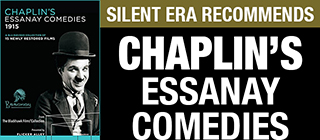
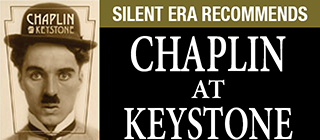
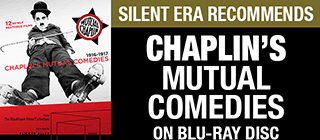
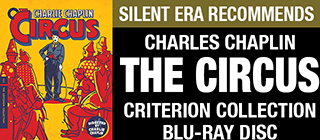
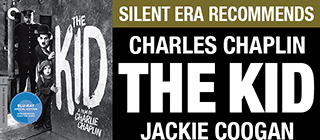
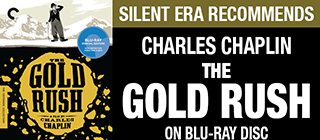
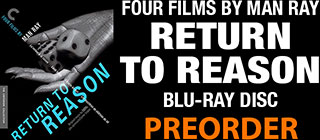
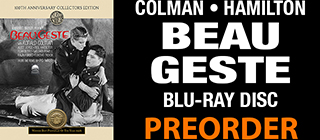
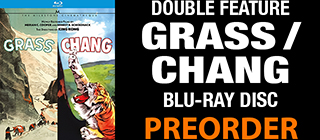
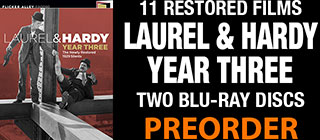
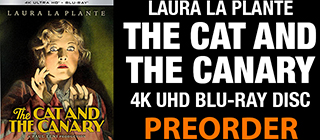


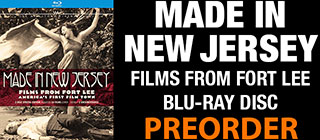
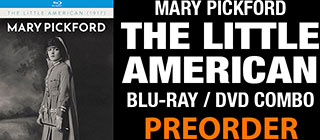
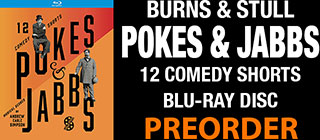
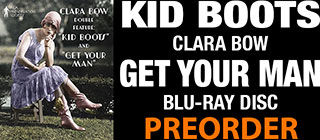
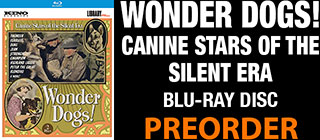
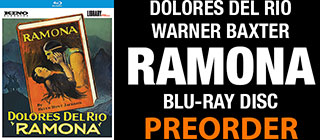
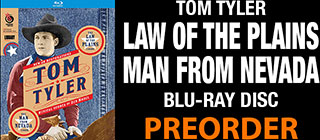
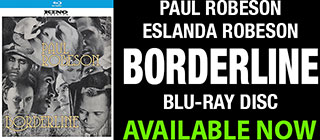
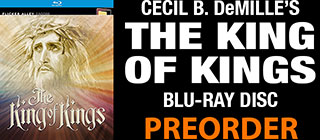
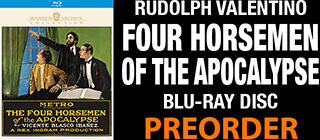
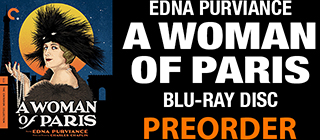
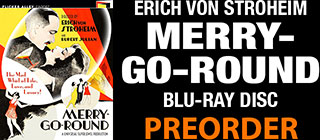

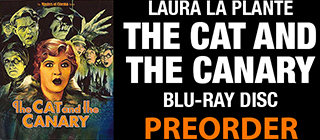
•
|




































